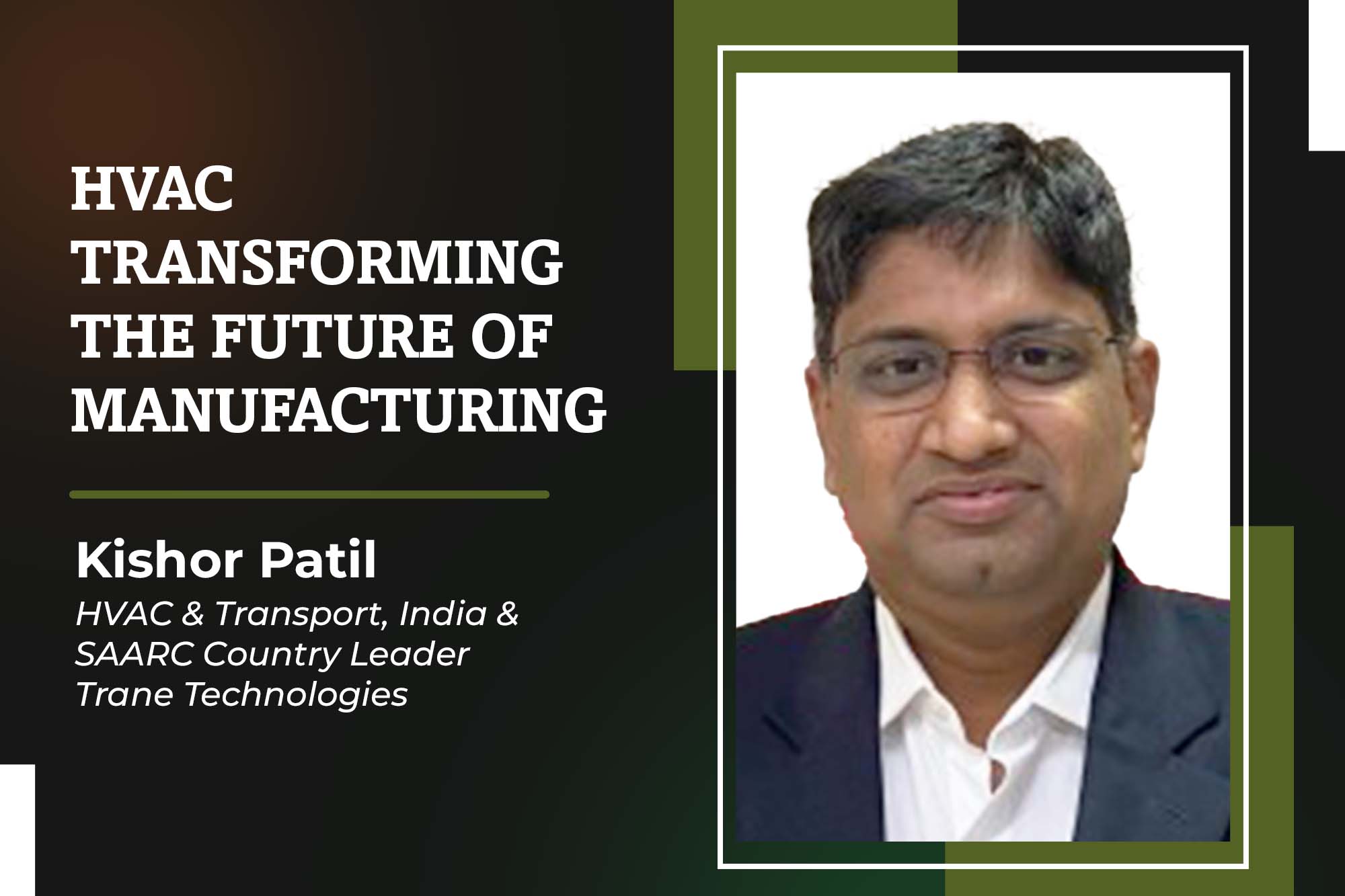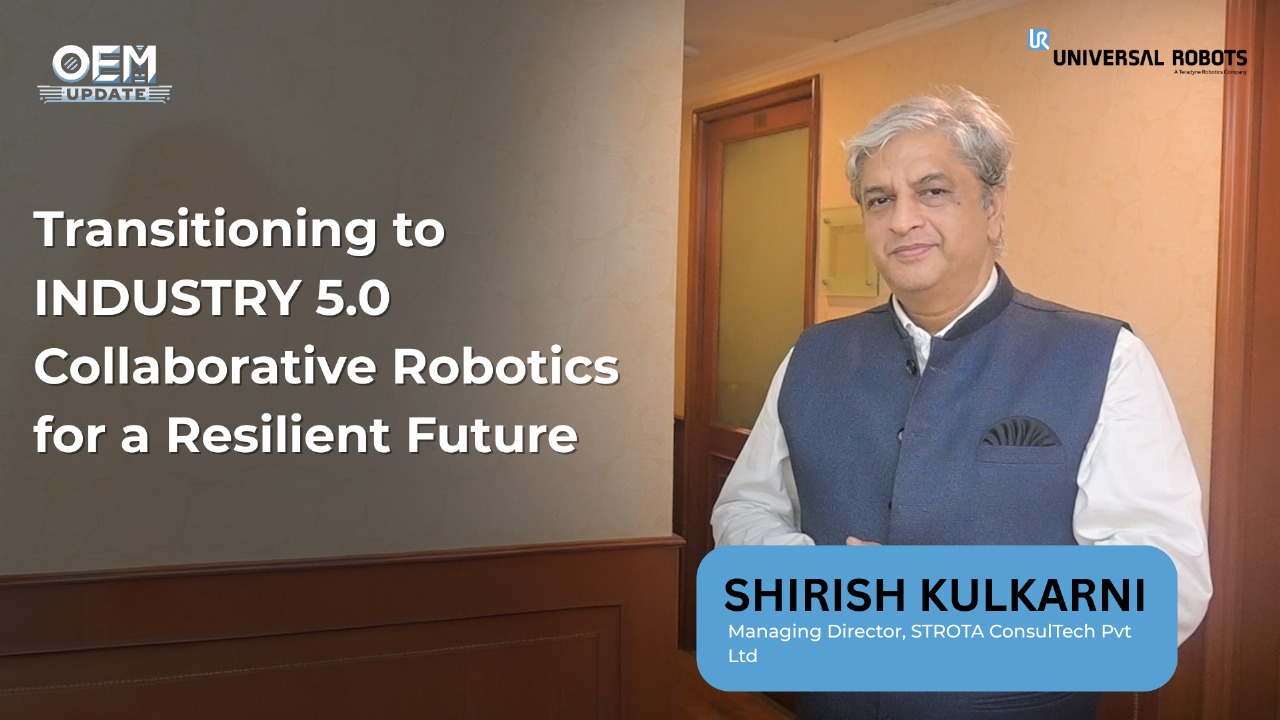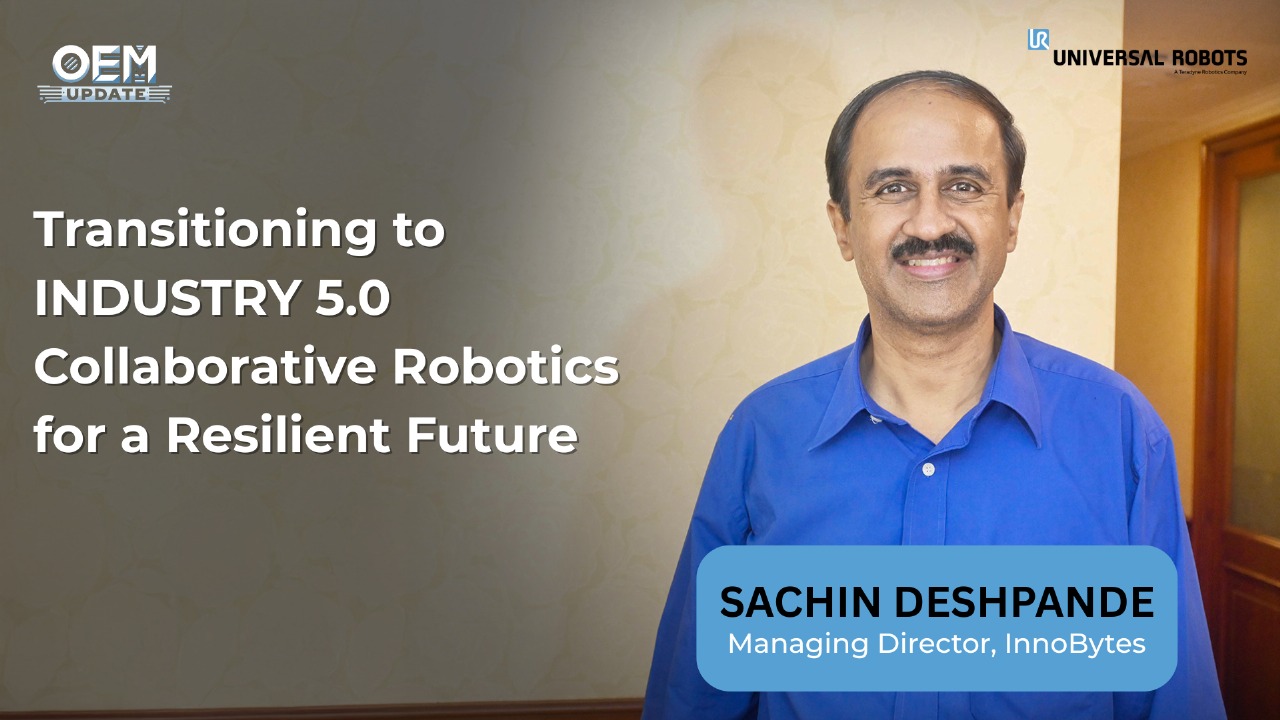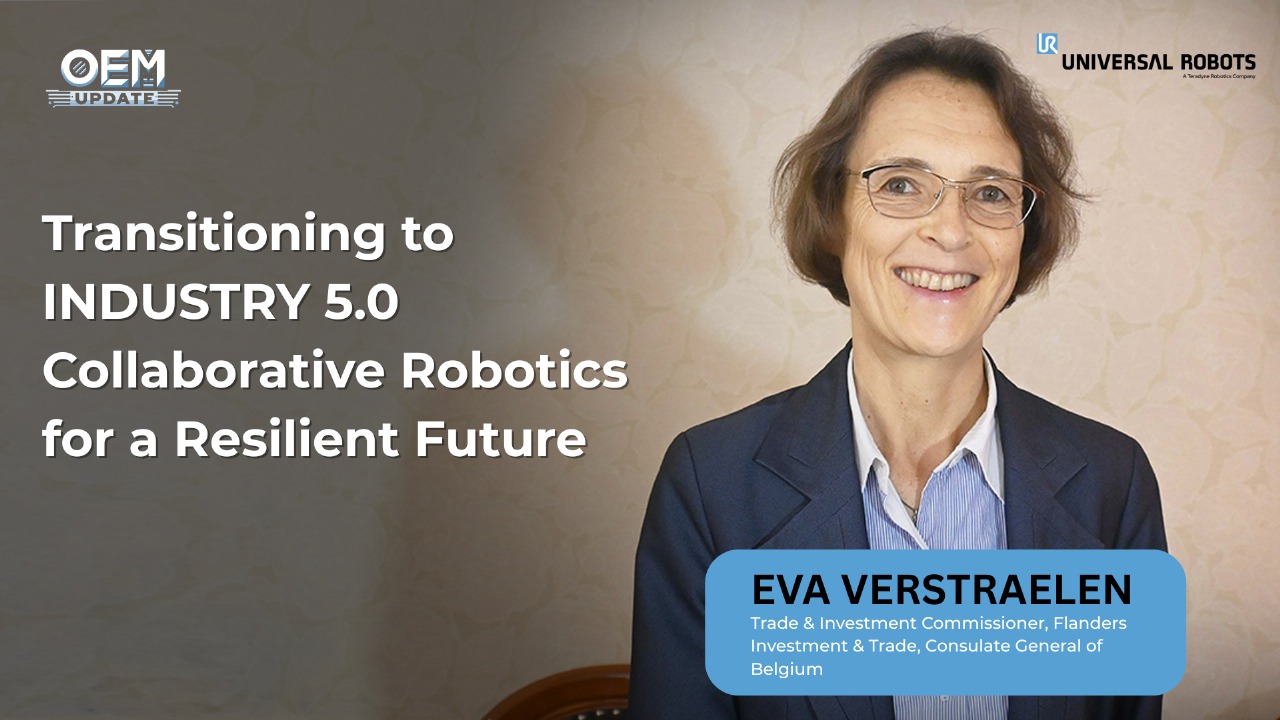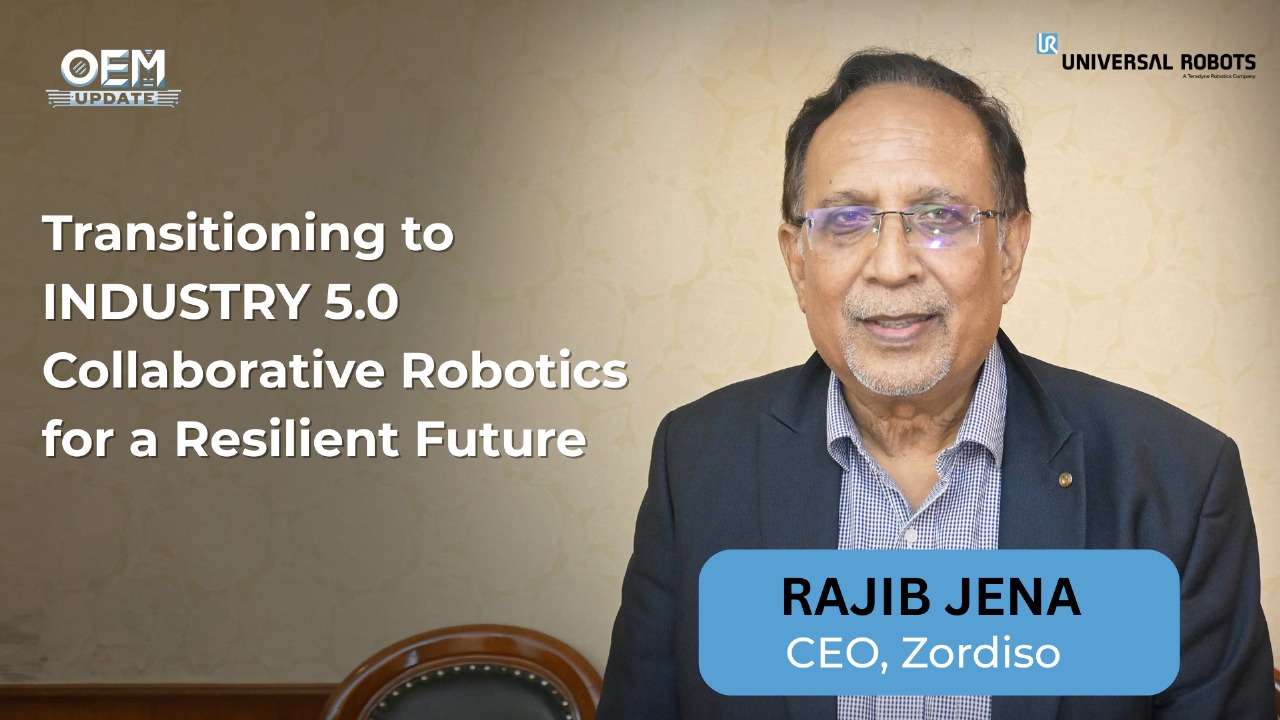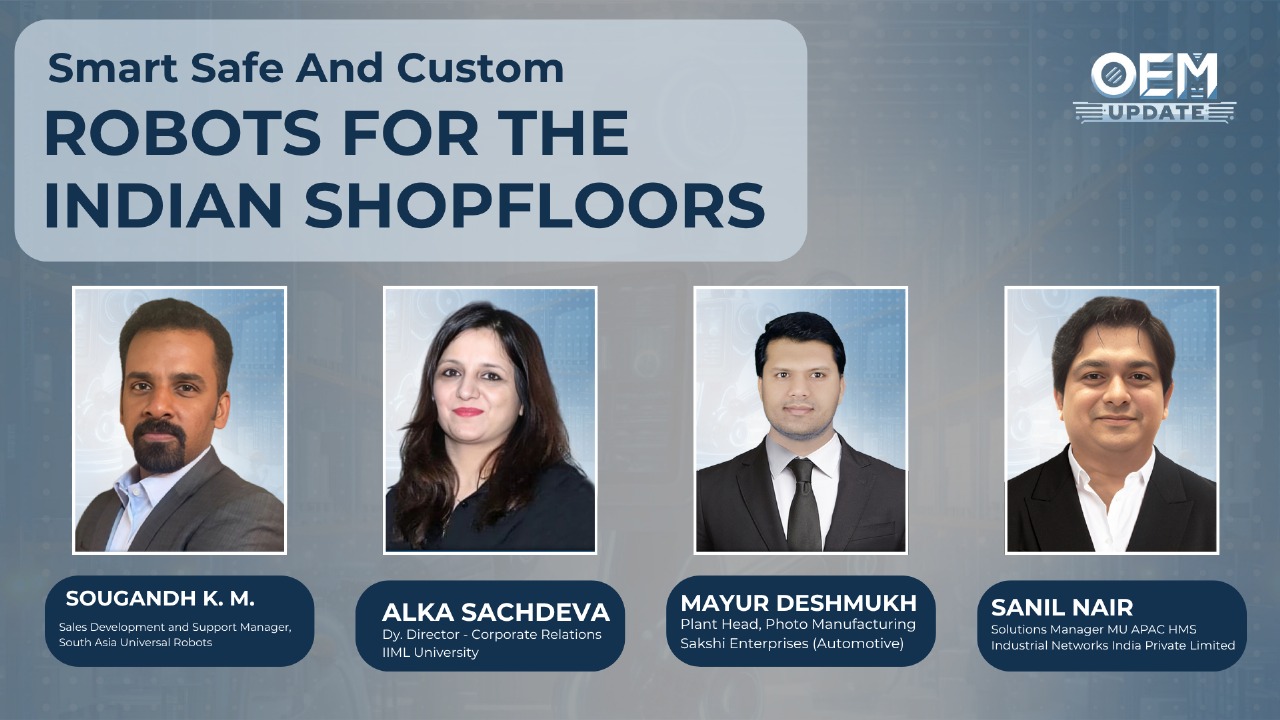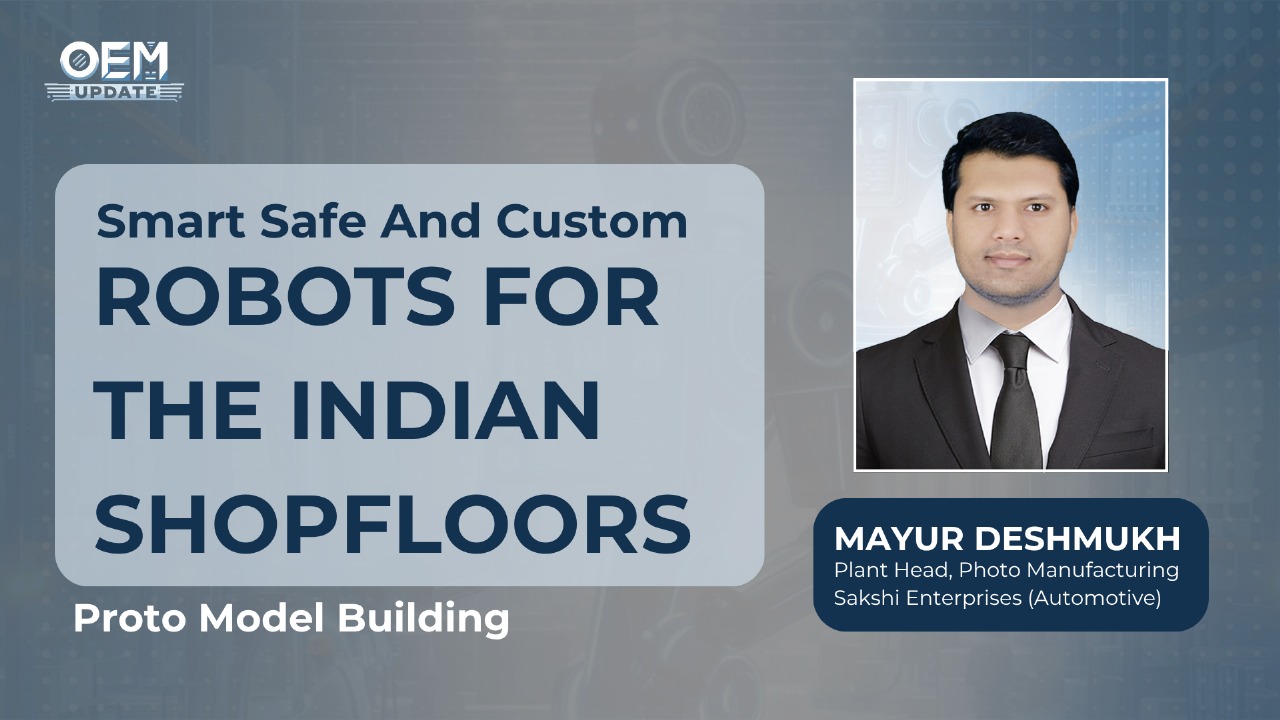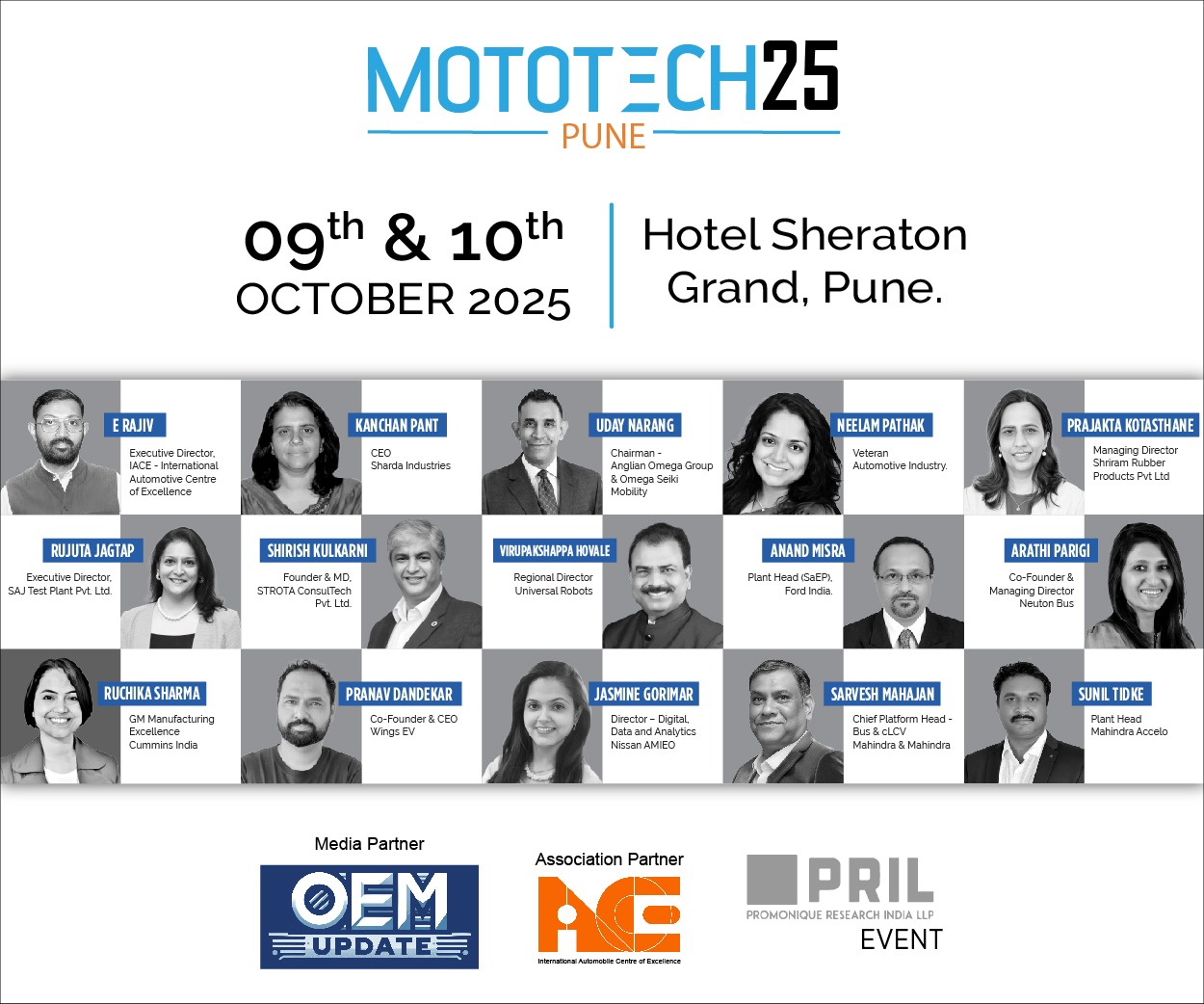HVAC transforming the future of manufacturing
By Staff Report July 5, 2025 3:02 pm IST
In manufacturing, HVAC systems are key to reducing energy use, ensuring product quality, and creating a safe, efficient workplace. Kishor Patil, HVAC, and Transport India & SAARC Country Leader at Trane Technologies, shares how manufacturers can adopt advanced HVAC solutions to cut costs, improve sustainability, and meet operational challenges.
HVAC systems use about 15% of energy in manufacturing, making them a key area for efficiency improvements. How can manufacturers reduce this?
Reducing their energy consumption can cut costs, improve sustainability, and boost facility performance. Manufacturers can achieve this by properly sizing systems, performing regular maintenance, and using advanced controls like variable speed drives (VSDs). Technologies such as heat recovery systems and economisers help repurpose waste heat and reduce mechanical cooling needs.
Improving insulation, sealing air leaks, and using Building Automation Systems (BAS) further optimise efficiency. Upgrading to energy-efficient equipment with smart controls, zoning systems, and demand-controlled ventilation reduces energy waste. Renewable energy options like solar panels can offset HVAC energy use. A holistic approach combining technology, strategic planning, and operational discipline helps manufacturers lower energy use, enhance sustainability, and improve profitability.
What are the key challenges in implementing HVAC systems in large-scale manufacturing plants? Implementing HVAC systems in large manufacturing plants is complex and requires careful planning. High heat loads from manufacturing processes demand powerful, energy-efficient cooling systems. Plants often have diverse needs, with varying temperature and humidity requirements, requiring customised HVAC designs. Some processes need strict contamination control, requiring advanced air filtration like HEPA filters.
Space constraints and retrofitting older facilities pose additional challenges, as systems must fit into existing operations and integrate with process controls and safety systems. Compliance with environmental and safety regulations adds complexity, requiring specialised equipment to handle harsh conditions. Installing efficient systems involves a significant upfront investment. A holistic approach, including expert design, efficient integration, and proactive maintenance, can address these challenges.
How do temperature and humidity control impact the quality and consistency of manufactured products?
Controlling temperature and humidity is critical for ensuring product quality and consistency. Fluctuations can damage materials like plastics, metals, and textiles; heat may cause warping, while humidity can lead to swelling or brittleness. In processes like printing, painting, and coating, precise control ensures proper adhesion and defect-free results.
Industries such as electronics, pharmaceuticals, and food processing depend on strict environmental conditions. High humidity can corrode electronics or affect performance, while pharmaceuticals require stable conditions to preserve potency and shelf life. In food processing, temperature and humidity prevent spoilage and maintain quality. Beyond product quality, stable conditions improve machinery performance, reduce waste, and prevent issues like electrostatic buildup. Controlled environments also boost workforce productivity and help meet regulatory standards.
An optimal environment is vital in any workspace for better workability. What HVAC systems can help manufacturers maintain it, especially on the factory floor?
Spot cooling systems provide localised temperature control in high-heat areas, while high-velocity systems improve air circulation and remove contaminants. Variable air volume (VAV) systems allow precise temperature and humidity control in different zones, saving energy by delivering air only where needed.
For large operations, industrial chillers and chilled water systems ensure reliable cooling. High-efficiency rooftop units (RTUs) and energy recovery ventilators (ERVs) centralise heating, cooling, and ventilation. Desiccant dehumidifiers maintain proper humidity, and evaporative cooling systems are ideal for hot, dry climates. Hybrid HVAC systems, incorporating renewable energy like solar or geothermal, support sustainability goals. Direct digital controls (DDC) optimise operations, while customised air handling units (AHUs) ensure proper filtration and air distribution.
What are the regulatory standards governing HVAC systems in industrial settings, and how do they affect manufacturing processes?
Regulatory standards governing HVAC systems in industrial settings prioritise safety, efficiency, and sustainability. Guidelines like ASHRAE 62.1 (indoor air quality), 90.1 (energy efficiency), OSHA’s ventilation mandates, and EPA’s regulations on refrigerants focus on minimising environmental impact. ISO standards like ISO 50001 (energy management) and ISO 14644 (air cleanliness) are critical in precision-driven industries, while FDA and GMP guidelines enforce strict HVAC controls in food and pharmaceutical sectors.
In India, BEE Star Ratings, Part 11 compliance for pharmaceutical control systems, and LEED certification standards promote energy efficiency, environmental sustainability, and secure operations. These standards enable precise temperature and humidity control, reduce defects, improve air quality, extend equipment lifespan, and help manufacturers avoid penalties.
Can you share examples of companies that have successfully integrated HVAC systems for enhanced manufacturing efficiency?
A leading example involves a global snack giant in India. The facility required a modern solution to replace its outdated ammonia-based cooling system. A leading HVAC provider revamped the chiller plant with a state-of-the-art system using low-GWP refrigerants, significantly improving energy efficiency while aligning with the company’s focus on food safety and sustainability.
The project included high-performance chillers with energy-efficient motors, a closed-loop brine system, heat pump technology, energy-efficient pumps, a high-performance cooling tower with advanced motor fans, and automated cleaning systems. Integration with existing control systems enabled centralised monitoring and seamless operations. The success highlights how manufacturers can adopt innovative HVAC solutions to enhance efficiency, reduce costs, and achieve sustainability goals.
Cookie Consent
We use cookies to personalize your experience. By continuing to visit this website you agree to our Terms & Conditions, Privacy Policy and Cookie Policy.



